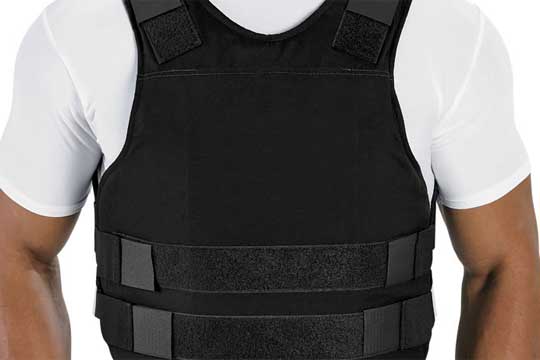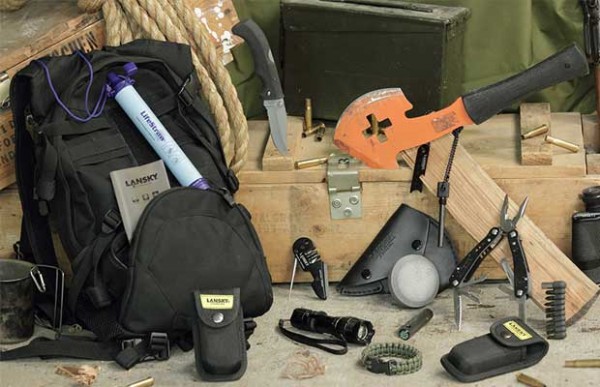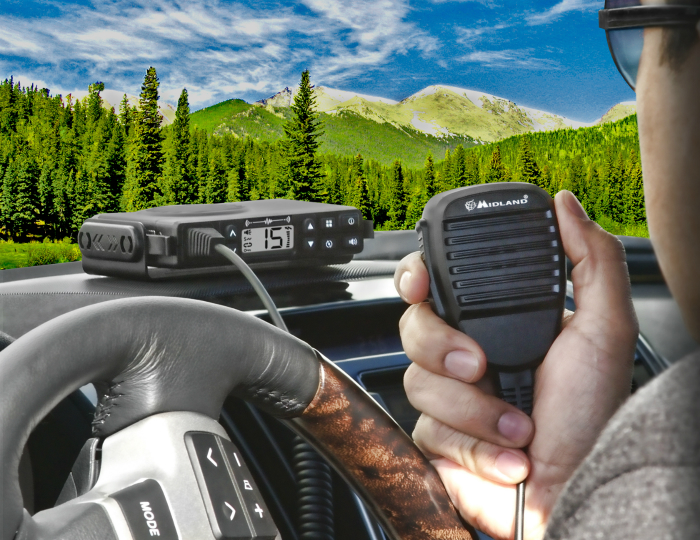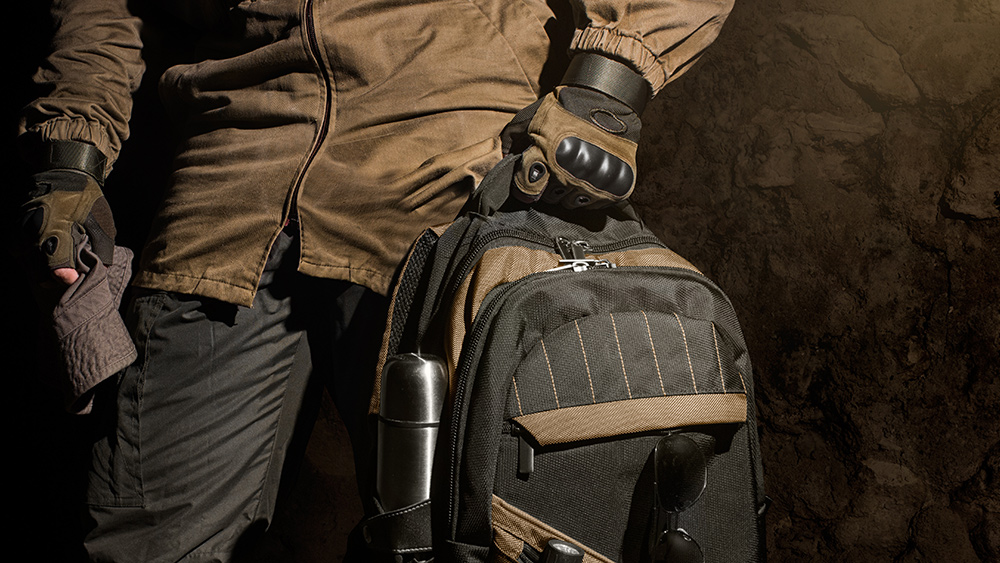Emergency preparedness: All-season transportation options in a post-SHTF world
10/17/2021 / By Divina Ramirez
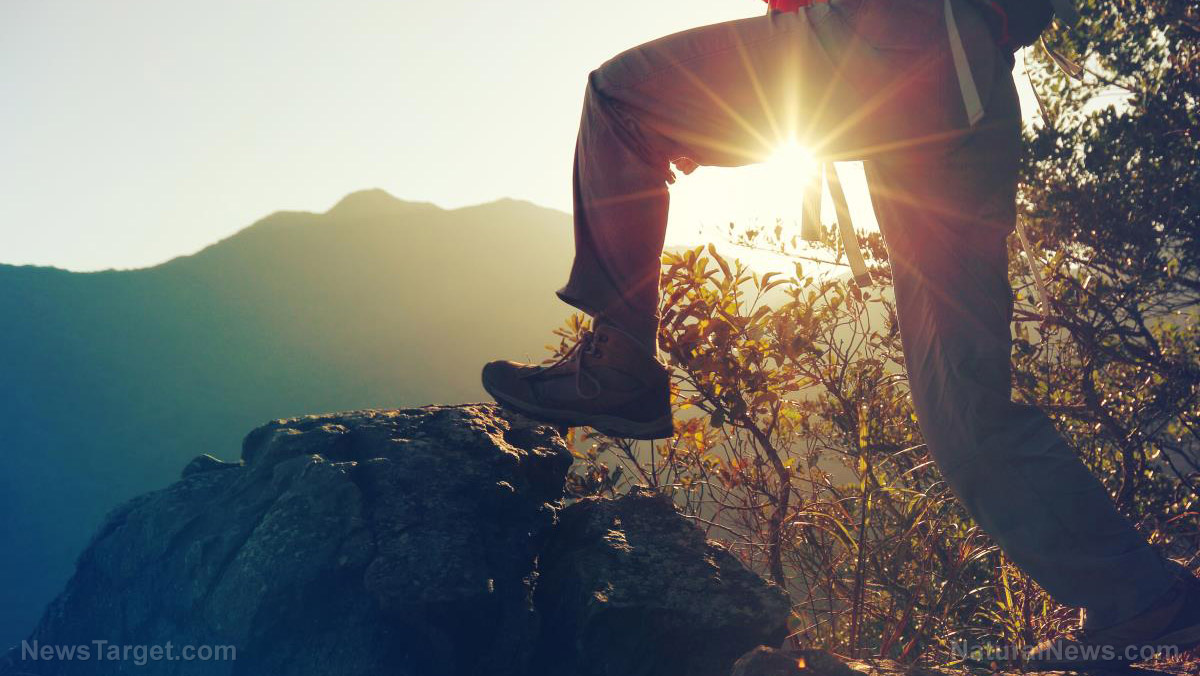
When SHTF, getting from one place to another might be harder than usual. For instance, if almost everyone in your area is trying to drive away to safety, then expect heavy traffic to delay your evacuation as well. Law enforcement officers may also want to check vehicles on their way out, thereby worsening traffic.
Certain disasters, such as earthquakes and hurricanes, can also make roads unsafe or render them impassable. It may help to know alternative routes in your area, but such options aren’t always available. In addition, it’s not unheard of for mobs to attack civilian vehicles in times of disaster. You wouldn’t want to be on the road if your life would be in danger.
Even if you somehow manage to drive to your bug-out location, fuel will be in short supply, as is the case when virtually any type of disaster occurs. Your vehicle is as good as dead once your fuel runs out.
With this in mind, you need to carefully consider what your primary means of transportation will be when SHTF. What this will be will depend on various factors, including the climate in your area and the size of your group. Take note that transportation is not just about bugging out to a hideout but also about getting around regularly.
Read on to learn more about all-season transportation options in a post-SHTF world. (h/t to TheOrganicPrepper.com)
Summer transportation
If you live in a hot and humid area, walking and cycling are the best options to get you from point A to point B. If you expect to do a lot of trekking, consider investing in high-quality outdoor shoes that will protect your feet while providing plenty of support and traction, especially when tackling uneven terrain.
You may want to steer clear of waterproof shoes as they can trap warm air and moisture around your feet. This can cause blisters and break down the skin.
Don’t forget about socks as well. Avoid cotton socks as those can cause blisters. Instead, choose a sock made of merino wool or synthetic fabric. Those socks will wick moisture from the feet and keep them from feeling sweaty.
When it comes to cycling, you also need to choose the right type of bicycle for your needs. Make sure it “fits” or that it’s just the right height for you. Some bicycles are also better suited for uneven terrain than others. Here’s a more detailed guide on choosing the perfect bicycle.
Remember to bring water with you to avoid dehydration and to wear loose cotton clothes to keep yourself cool. Do not overexert yourself to avoid physical exhaustion. If you’ll be cycling, you may also want to consider bringing spare parts, such as spare tires, tubes, cables and even chains, in a small pull-behind trailer. (Related: 5 Tips for building a bugout trailer.)
Winter transportation
If you’re bugging out in the winter, then you have a couple of options. You can trek on foot as usual or use skis, snowmobiles or even horses.
You’ll want to have at least one pair of high-quality snowshoes if you expect to be bugging out somewhere that gets a lot of snow or cold spells.
Skis, on the other hand, come in all shapes and sizes. Some manufacturers make skis for hilly terrains, non-groomed trails and other difficult terrains. If you have money to spare, you may even want to consider investing in snowmobiles as these can allow you to easily navigate snowed-in areas where walking won’t cut it. Most snowmobiles still use fuel, but there are electric snowmobiles on the market as well.
Finally, you can also use a horse to get around. This is especially great if you were already taking care of horses on a ranch, farm or homestead. However, horseback riding has a steep learning curve. Do not attempt to do this if you have zero experience riding horses or if you already have more practical means of transportation.
If you’re bugging out in the winter, try to keep your bugout bag (BOB) as light as possible so that you don’t tire yourself out easily. Snowshoes, winter boots and thick clothes can weigh a lot and slow you down. If you can’t let go of certain supplies, consider putting them all in a plastic toboggan or sled and pulling that across the snow.
Even in cold weather, the kind of physical exertion that comes with snowshoeing or cross-country skiing could still cause heat exhaustion. Take your time if you are not used to it. Avoid overdressing as well. Putting on layers is good if you’re staying put. Remove layers when you’re moving to avoid sweating excessively.
Preparedness.news has more articles with tips on how to prepare for SHTF scenarios.
Sources include:
Tagged Under: bugging out, bugout, bugout vehicle, Collapse, disaster, emergency preparedness, hiking, mobility, preparedness, prepper, SHTF, survival, survivalist, transportation
RECENT NEWS & ARTICLES
COPYRIGHT © 2018 SURVIVALGEAR.NEWS
All content posted on this site is protected under Free Speech. SurvivalGear.news is not responsible for content written by contributing authors. The information on this site is provided for educational and entertainment purposes only. It is not intended as a substitute for professional advice of any kind. SurvivalGear.news assumes no responsibility for the use or misuse of this material. All trademarks, registered trademarks and service marks mentioned on this site are the property of their respective owners.






